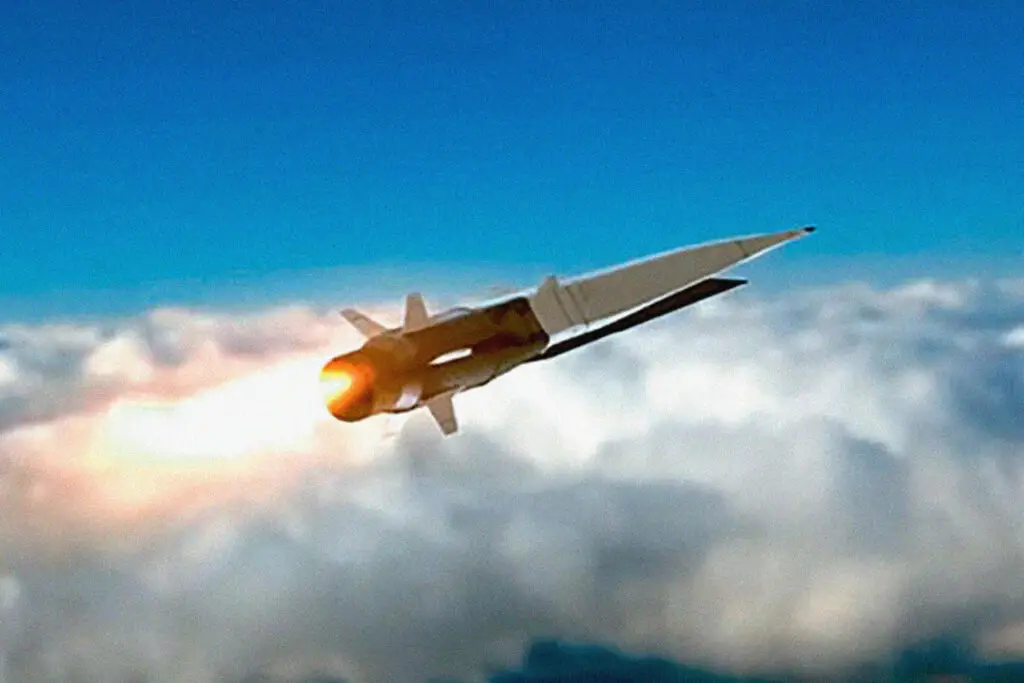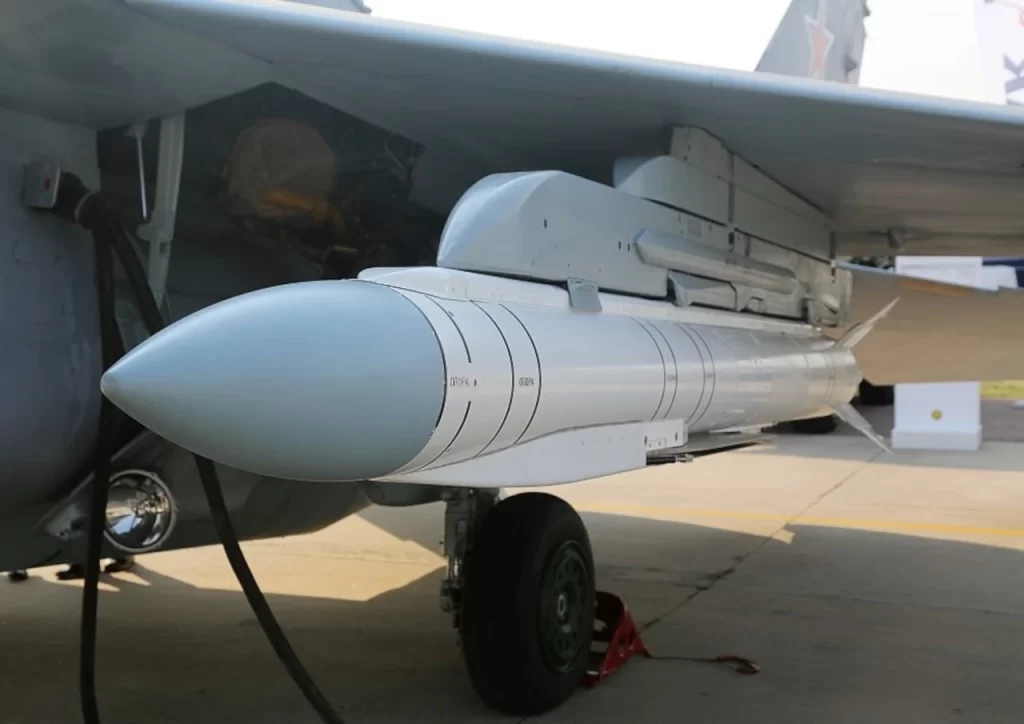Russia is reportedly using its missile weaponry more frequently, which was either held in development or deployed sparingly before, according to media sources. Discussions have primarily revolved around missiles manufactured in North Korea, including but not limited to the Kh-69, “Zircon,” and “Grom-E1.” It appears that Russia is both testing and deploying these new offensive methods on a large scale.
KH-69
On February 7, information regarding the X-69’s use in missile assaults against military infrastructure in Ukraine began to garner worldwide interest. Developed as an advancement over its precursor, the X-59, this missile is engineered to be rapidly deployed by tactical aircraft. Its design incorporates stealth technology, which enables it to dodge detection by radar systems. Russian sources assert that the X-69 has a formidable 310 kg payload and a range of 290 kilometres.

This missile’s introduction represents Russia’s persistent endeavours to close the technological disparity with Western nations regarding aviation strike capabilities, as evidenced by their rivalries with systems such as Storm Shadow/SCALP and JASSM. Furthermore, it is worth noting that the X-69 was initially designed and engineered to be compatible with the fifth-generation Su-57 fighter. Nevertheless, the likelihood is high that this missile was installed on conventional Su-34 aircraft.
3M22 “Zircon”
The Russian application of the hypersonic missile 3M22 “Zircon” on February 7 garnered the most attention. At the outset, it was anticipated that this system would progress into a comprehensive hypersonic system equipped with a glider payload, differentiating it from the X-47 “Dagger.” Western experts concur with Ukrainian military experts who hypothesised that the latter missile system was an aeroballistic rather than a fully operational hypersonic missile.
Notwithstanding these discussions, reports surfaced on February 7, in the morning, regarding the purported deployment of the “Onyx” missile from Crimea towards a high-speed target in Kyiv. Subsequent reports, however, disregarded this target as an illusion brought about by electronic warfare operations.
In the aftermath of this incident, distinctively marked debris was discovered in Kyiv. The launch of the “Onyx” missile and the missile’s peculiar trajectory prompted the spread of information via observation channels. Notably, these sources of observation also documented that the velocity of the “Zircon” missile was below the conventional threshold for hypersonic velocity.

According to the United Kingdom’s Ministry of Defence, the K-300P Bastion-P coastal defence system was presumably employed by Russian forces on February 7 to launch the hypersonic missile “Zircon.”
As stated by the Ministry, the extraordinary velocity and manoeuvrability of the missile presents a substantial barrier to Ukrainian air defence.
Recent confirmation from the Kyiv Scientific Research Institute of Forensic Expertise confirms that Russia employed the anti-ship missile 3M22 “Zircon.”
Designed for deployment by the Russian Navy, the “Zircon” missile reportedly possessed a range of 1000 kilometres and a maximum speed of 9 Mach.
Nevertheless, concerns were expressed regarding the launch method due to the lack of identified vessels capable of transporting such missiles in the Black Sea, according to the UK Ministry of Defence.
Due to the limitations enforced by Turkey, all naval vessels suspected of transporting missiles cannot enter the Black Sea.
According to British intelligence, it is possible that the K-300 Russian coastal defence system was modified to accommodate the launch of this missile.
To demonstrate their capabilities, the Russians may use this conflict to test a new operational weapon system in a combat scenario, according to speculation from the United Kingdom’s Ministry of Defence.
One potential concern is that, in contrast to the “early warning” created by the MiG-31K’s “Daggers” launch, the ground-based system may be activated without any advance notification.
Mobile coastal defence system K-300P “Bastion-P” is specifically engineered to engage high-value naval vessels. As per the Russian naval strategy, it is regarded as the last line of defence.
As demonstrated by its deployment throughout the Ukraine conflict, the “Bastion-P” system can launch land-based cruise missiles and its primary anti-ship function.
However, its dimensions and expense render it suboptimal compared to the primary Russian cruise missile system, known as the “Kalibr.”
Several Russian Baltic Fleet warships are equipped with the “Kalibr” system, which offers a more adaptable and cost-effective alternative for land-based assaults.
Grom-E1
During the conflict, only a few instances involving the use of hybrid explosives and missiles, including the “Grom-E1,” throughout the conflict. When launched from a height of 12 kilometres, each warhead boasts a destructive range of up to 120 kilometres and a weight of 315 kilogrammes.

The “Grom-E1” is superficially comparable to the French AASM Hammer projectile. They are a more intricate and costly variant of standard FAB ammunition, frequently employed with UPAB. In contrast to FAB, “Grom-E1” munitions are extensively used, to the extent that Ukrainian reports indicate that Avdiivka is bombarded with over eighty bombs per day by UPAB alone.
